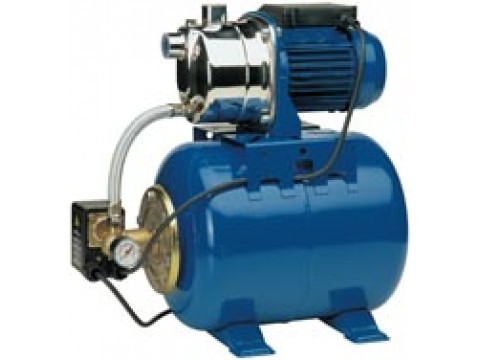With winter just around the corner, it is time to prepare the water pumps so that freezing temperatures do not cause cracks in the housing. In this post we tell you how to prepare a water pump for winter.
Water system engines that are used in wells, fountains and aerators are usually filled with a water-based solution.
In a deep well, you generally don’t worry about engine freezing; however, in fountains or ponds, the water pump must be protected. If you remove the pump completely, you should store the engine somewhere where it does not freeze.
Another option for winter storage of a water pump from a pond, fountain or aerator is to sink the engine to the bottom of the pond.
You should also be careful that the surface pumps do not freeze. To do this, we must drain them and condition them for the winter, to avoid that a cold wave can surprise us.
Water expands as it freezes. Without a place to handle the extra volume, the ice will inevitably break the pump or the pipe. As the cold weather approaches, do not forget to protect your groundwater system, pipes and pumping equipment from freezing.
In some cases, well pumps can often remain inactive for long enough for water to freeze. It may be necessary to provide additional heat to prevent freezing in these circumstances.
If temperatures drop a lot, you can keep a small amount of water running continuously until the temperature returns to warmer values, since running water is harder to freeze.
When it comes to a jet or centrifugal pump that you won’t use for a few months, draining the system and moving the pump to a warmer location is one of the best solutions.
To drain the pump, remove the drain plug from the top of the pump housing, or open the tap. This allows air to enter the pump body. Then, remove the drain plug at the bottom of the pump housing. This allows water to flow in and out of the pump body.
Remember, there will also be water trapped in the suction and discharge pipes. You must blow this excess water with an air compressor.
The last step is to protect the pump against water that may get stuck in the pump housing even after it has been drained. Use propylene glycol, never ethylene glycol (or RV antifreeze) as it is extremely dangerous.
Now your water pump is ready for winter!

